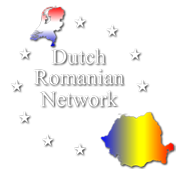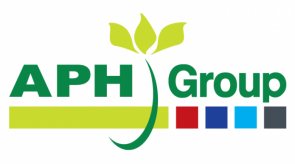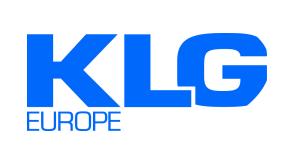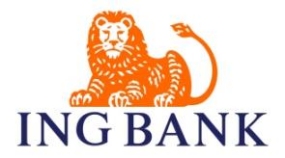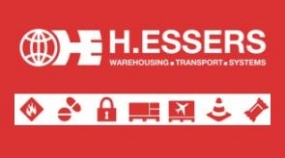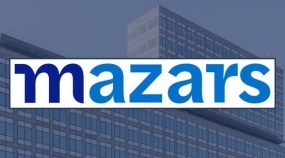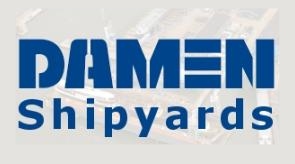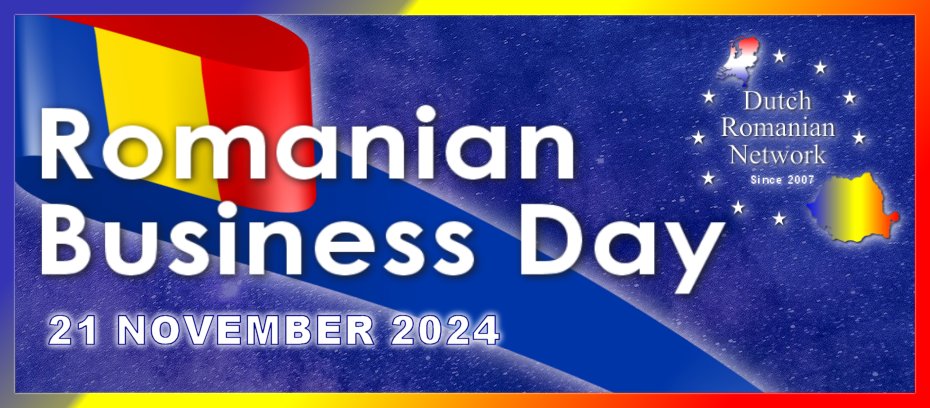Newsletter September 2024

Agenda
Business Dialogue Central and Eastern Europe 2024
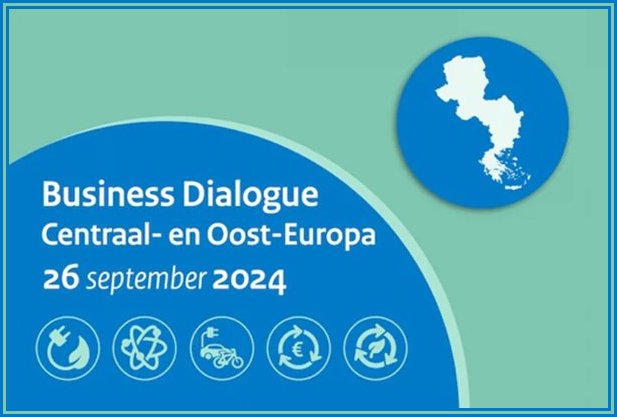
On September 26, the Business Dialogue Central and Eastern Europe will take place. The place to hear more about market opportunities in this region, not only in Romania, but the whole area from Poland to Greece. The team of the Dutch Embassy in Bucharest will be present to answer any questions Register via https://www.rvo.nl/bdcoe
CEO dinner
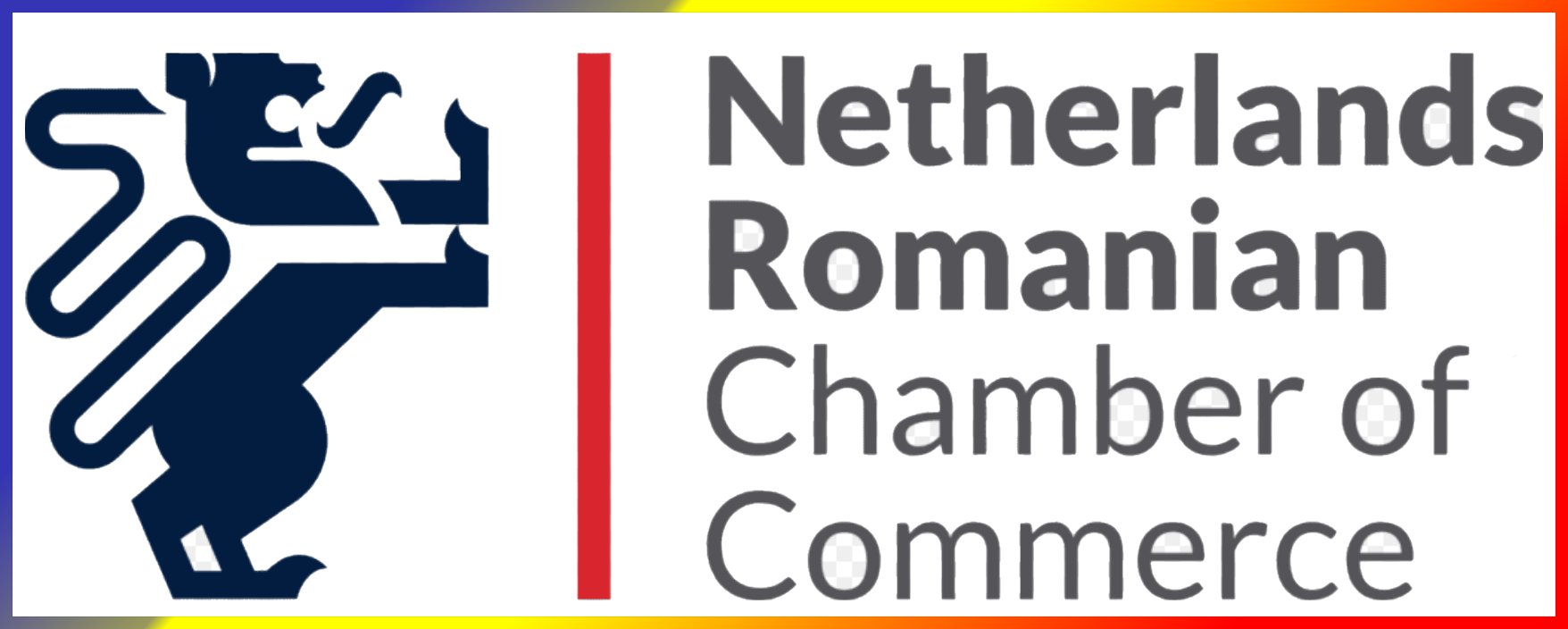
The 11th edition of the CEO DINNER on November 27 organized by the Netherlands Romanian Chamber of Commerce. The annual CEO level networking dinner for the international business community in Bucharest. Participation is by invitation only. For more information info@nrcc.ro
From the network
Ben Jager

Executive President of DRN and normally the compiler of this newsletter, has been forced to temporarily resign from his work for the network due to health reasons. We wish him a speedy recovery.
DN AGRAR Group sales rise 4% first half of 2024
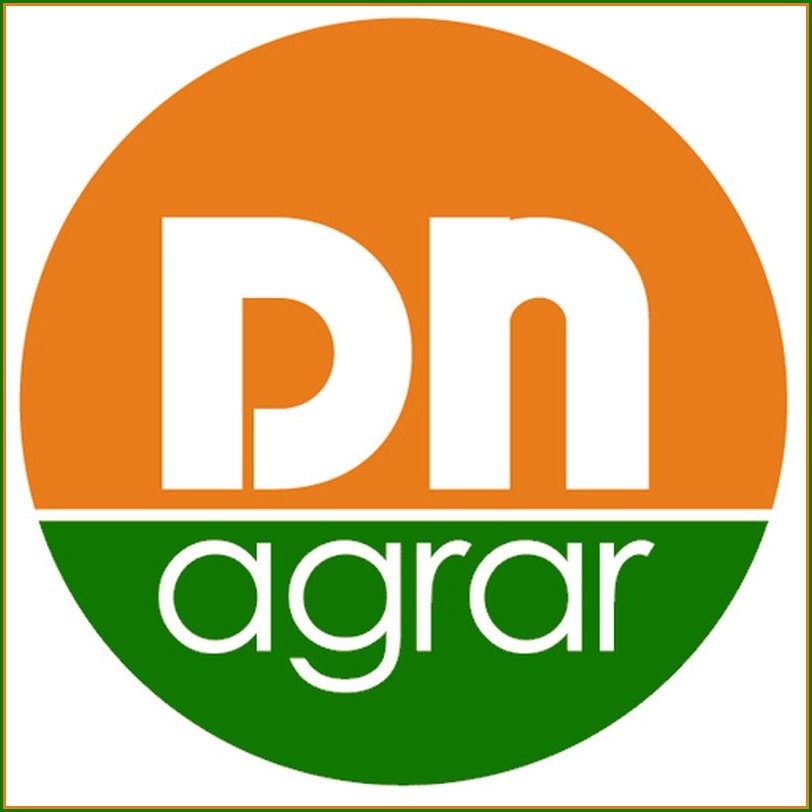 DN AGRAG, the largest integrated dairy farming company in Romania, saw sales increase by 4% in the first half of 2024. The company, founded and run by the Dutch de Boer family, saw sales rise to RON 83 million (16.7 million euros) Despite a 12% drop in the average milk price, net profit remained stable, at RON 15 million. (3 million euros), the same as in the first half of 2023, despite a 12% drop in the average milk price. The volume of milk delivered did increase, by 17%, to 5 million liters per month. EBITDA increased by 10%, to RON 35 million, despite volatile market conditions. At the end of June 2024, DN AGRAR’s herd of dairy cows and young cattle numbered 14,700 head. On DN AGRAR’s website, www.dn-agrar.eu, you can find a comprehensive video presentation on the results and progress of the company’s various projects.
DN AGRAG, the largest integrated dairy farming company in Romania, saw sales increase by 4% in the first half of 2024. The company, founded and run by the Dutch de Boer family, saw sales rise to RON 83 million (16.7 million euros) Despite a 12% drop in the average milk price, net profit remained stable, at RON 15 million. (3 million euros), the same as in the first half of 2023, despite a 12% drop in the average milk price. The volume of milk delivered did increase, by 17%, to 5 million liters per month. EBITDA increased by 10%, to RON 35 million, despite volatile market conditions. At the end of June 2024, DN AGRAR’s herd of dairy cows and young cattle numbered 14,700 head. On DN AGRAR’s website, www.dn-agrar.eu, you can find a comprehensive video presentation on the results and progress of the company’s various projects.
Do you have a contribution for the newsletter?
DRN is a network for and by entrepreneurs.
If you have news about your company that may be of interest to other members of the network, we would love to hear from you. A simple email with your news to info@dutchromaniannetwork.nl is all it takes. We will then contact you to discuss possible placement of your news.
Diplomatic news
New Ambassador to Romania appointed
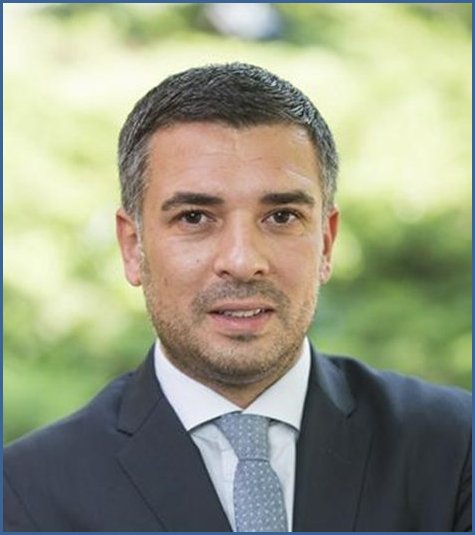 As of Aug. 1, Nicolae Comănescu has been appointed as Romania’s new ambassador to the Netherlands.
As of Aug. 1, Nicolae Comănescu has been appointed as Romania’s new ambassador to the Netherlands.
Between 2016 and 2021, he served as Romania’s extraordinary and plenipotentiary ambassador to the Hashemite Kingdom of Jordan.
Since June 2023, he has been State Advisor for Foreign Policy and Strategic Affairs at the Chancellery of the Prime Minister of the Government of Romania.
Mr. Comănescu is expected to take up his new post in December.
Ambassador Fătu has now left the Netherlands and has been appointed Secretary of State-President of the Euro-Atlantic Resilience Centre.
Chargé d’Affaires ad interim until the arrival of the new ambassador is Mr. Alexandru Steriu.
Economic news
Romanian economy grows second quarter by 0.8%
The Romanian Bureau of Statistics announced that the Romanian economy grew by 0.8% in the second quarter of 2024, one of the highest rates in the EU. The average growth rate in the euro zone for the second quarter was 0.3%. Despite the fact that the Romanian economy is showing signs of improvement, with unemployment reasonable, investment picking up and inflation falling, many Romanians are still pessimistic about the economy and their personal finances. And they have reasons for that. While the overall economy is growing, at the micro level Romanians are still facing developments that have significant impacts on their disposable income. The high prices of products and services that are an integral part of the household budget for many households (think food, utility bills, child care or education) put pressure on household finances, even though inflation, as reported by statistics, shows a downward trend and economic growth an upward one. On top of that, economic inequality is still high in Romania. There are large wage gaps and there are large differences between pensions, ‘special’which are quite generous and ‘ordinary’ pensions, which just cover the subsistence minimum. Regional differences are also large. Economic growth varies greatly from province to province. The National Strategy and Forecast Commission’s calculations for this year show that the provinces with the lowest economic growth are Dâmbovița, Olt and Maramureș, and on the other hand Bucharest, Brașov or Constanța have the highest economic growth.
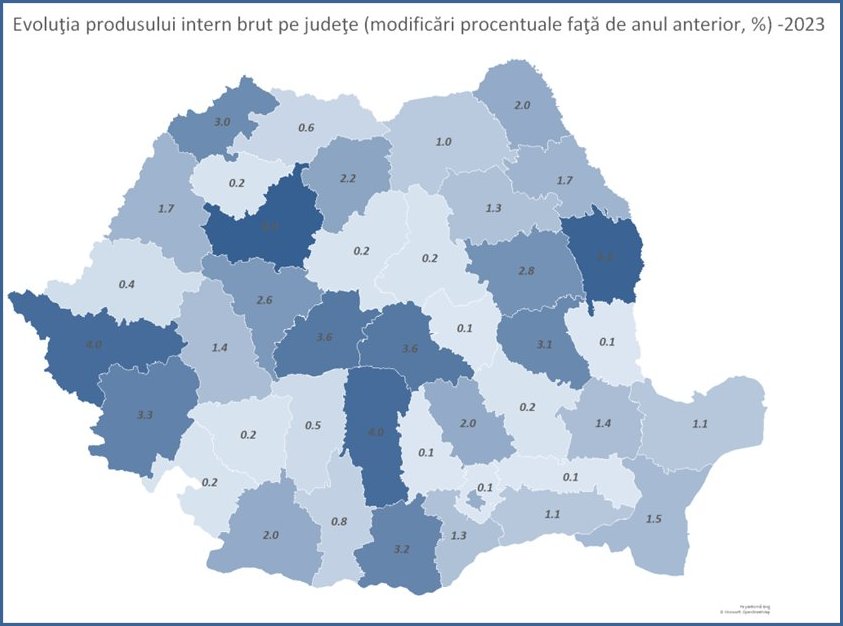
GDP, the standard indicator of economic growth, is not designed to measure well-being. It only measures the size of the economy, not the level of well-being of the people in that economy. Overreliance on GDP as a comprehensive indicator of development can be misleading, and that is certainly the case here.
Romania fifth in European Youth Unemployment rankings
 Romania ranks fifth among European countries with the highest unemployment rate among under-25s, with a 20.5% share in June 2024, similar to Italy.
Romania ranks fifth among European countries with the highest unemployment rate among under-25s, with a 20.5% share in June 2024, similar to Italy.
The EU average is 14.4%. In first place in the ranking is Spain, with a 25.9% youth unemployment rate. One of the possible causes for this high youth unemployment rate, would be the education system in Romania. The education system in Romania does not always match well with the needs of the labor market. Many young people leave school or university with skills that do not sufficiently match the requirements of employers, making it difficult to find a suitable job.
Tax News
Forvis Mazars Group publishes CEE Tax Guide 2024
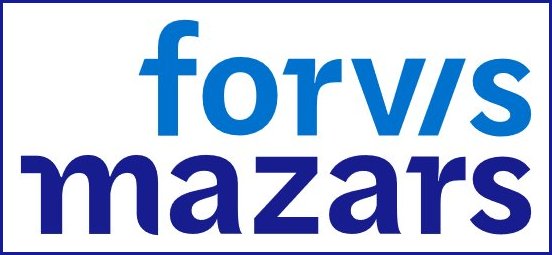 The CEE Tax Guide provides insight into the tax systems of 22 European and 3 Central Asian countries. And the guide offers companies comprehensive insight into market opportunities in the region by analyzing trends in the tax burden, wages and inflation. Inflation has proven to be a major challenge in recent years. Inequality between wage development and inflation had different economic consequences in different countries. For example, in countries like Croatia, Slovenia, Bulgaria and Poland, wages rose faster than inflation, maintaining or even increasing purchasing power. But countries like the Czech Republic and Slovakia actually saw wages, adjusted for inflation, decline. Governments in the region tried to cope with inflationary pressures with various fiscal measures, including new taxes and levies. An important new development is the introduction in several European countries of the “Minimum Tax Act,” under which multinationals with global sales of at least €750 million pay a minimum 15% tax in each country in which they operate. This international tax should prevent the shifting of profits between countries. Another clearly visible development is the ongoing digitization of tax returns and collection to stop tax evasion and facilitate tax collection. Poland and Romania have introduced the “Standard Audit File for Taks” (SAF-T) to enable data exchange between businesses and tax authorities in a standardized manner. From Jan. 1, 2025, SAF-T will be mandatory for all companies.
The CEE Tax Guide provides insight into the tax systems of 22 European and 3 Central Asian countries. And the guide offers companies comprehensive insight into market opportunities in the region by analyzing trends in the tax burden, wages and inflation. Inflation has proven to be a major challenge in recent years. Inequality between wage development and inflation had different economic consequences in different countries. For example, in countries like Croatia, Slovenia, Bulgaria and Poland, wages rose faster than inflation, maintaining or even increasing purchasing power. But countries like the Czech Republic and Slovakia actually saw wages, adjusted for inflation, decline. Governments in the region tried to cope with inflationary pressures with various fiscal measures, including new taxes and levies. An important new development is the introduction in several European countries of the “Minimum Tax Act,” under which multinationals with global sales of at least €750 million pay a minimum 15% tax in each country in which they operate. This international tax should prevent the shifting of profits between countries. Another clearly visible development is the ongoing digitization of tax returns and collection to stop tax evasion and facilitate tax collection. Poland and Romania have introduced the “Standard Audit File for Taks” (SAF-T) to enable data exchange between businesses and tax authorities in a standardized manner. From Jan. 1, 2025, SAF-T will be mandatory for all companies.
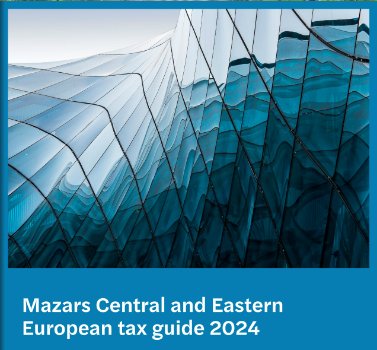 When it comes to income tax, there are interesting differences in the CEE region. Countries such as Bulgaria, Romania, Ukraine and Hungary apply a flat tax ranging between 10% and 20%. While Austria, Germany, Slovenia, Koratie and Slovakia have a progressive tax system, with the highest tax rates around 50%. Social security and employee taxes also verge, with an average rate of 16% in the region, with Kosovo and Romania having the lowest employee contribution rates (5% or less) and Austria and Slovakia the highest (between 29% and 36%) The minimum wage also shows large differences between countries in the region. Kosovo and Moldova have the lowest minimum wage, less than € 260, while in most CEE countries the minimum wage fluctuates between € 700 and € 1,000. The exceptions are Austria and Germany, where the minimum wage is higher than € 2.000,- VAT rates are on average around 20% throughout the EU, with the exception of Croatia and Hungary, where the rates are 25% and 27% respectively. Company tax, lastly, fluctuates between 15% and 22%, except for Hungary, where the rate is 9%. This is just a small sample of the report. The entire report can be downloaded from the Forvis Mazars Romania site at www.forvismazars.com/ro/en/services/tax/central-and-eastern-european-tax-guide-2024
When it comes to income tax, there are interesting differences in the CEE region. Countries such as Bulgaria, Romania, Ukraine and Hungary apply a flat tax ranging between 10% and 20%. While Austria, Germany, Slovenia, Koratie and Slovakia have a progressive tax system, with the highest tax rates around 50%. Social security and employee taxes also verge, with an average rate of 16% in the region, with Kosovo and Romania having the lowest employee contribution rates (5% or less) and Austria and Slovakia the highest (between 29% and 36%) The minimum wage also shows large differences between countries in the region. Kosovo and Moldova have the lowest minimum wage, less than € 260, while in most CEE countries the minimum wage fluctuates between € 700 and € 1,000. The exceptions are Austria and Germany, where the minimum wage is higher than € 2.000,- VAT rates are on average around 20% throughout the EU, with the exception of Croatia and Hungary, where the rates are 25% and 27% respectively. Company tax, lastly, fluctuates between 15% and 22%, except for Hungary, where the rate is 9%. This is just a small sample of the report. The entire report can be downloaded from the Forvis Mazars Romania site at www.forvismazars.com/ro/en/services/tax/central-and-eastern-european-tax-guide-2024
Agricultural News
National Livestock Peak Load Relocation Scheme (LVVP) opens Monday, Jan. 6, 2025
The relocation scheme is part of the national approach to peak rush hour drivers. A total of €90 million is available.
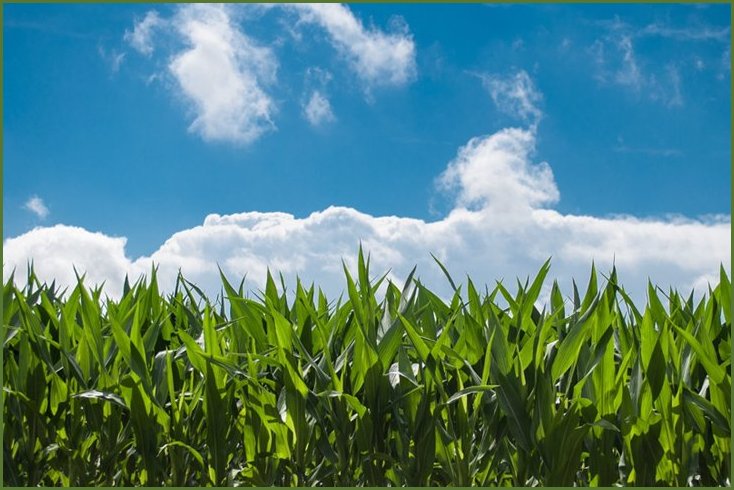 Livestock farms that according to the calculation system are considered peak polluters because of their nitrogen emissions on sensitive Natura 2000 areas, could participate in a number of subsidy schemes: to stop, to extensify (in the case of dairy farmers), to relocate or to reduce nitrogen emissions through innovation.
Livestock farms that according to the calculation system are considered peak polluters because of their nitrogen emissions on sensitive Natura 2000 areas, could participate in a number of subsidy schemes: to stop, to extensify (in the case of dairy farmers), to relocate or to reduce nitrogen emissions through innovation.
For the relocation scheme, animal species do not matter.
A farm may be relocated in the Netherlands or to another country in the European Union.
So Romania is also among the possibilities.
Companies can receive 100% compensation for moving buildings, facilities and animals to a new location, for taking over or replacing buildings at the new location and for demolishing buildings at the old location.
In addition, they can be reimbursed up to a maximum of 65% (80% for young farmers) for modernization of buildings on the new site, up to a maximum of €100,000.
The relocation scheme will be open for almost two years, until Nov. 30, 2027, unless the budget runs out before then.
Applications will be processed in order of receipt.
Companies considering participating in this scheme can also first receive funding for a feasibility study.
This allows them to have research done into whether business relocation is possible and affordable for them, and to have research done into potential new locations.
More information about the scheme can be found on the site of the RVO
Opportunities for the Dutch goat breeder in Romania
At the National Goat Event on September 7, Pieter Helfferich of Agriprogress (member of the DRN agri-taskforce) presented the opportunities for the Dutch goat sector in Romania. There are plenty of opportunities in both the intensive and extensive goat sector.
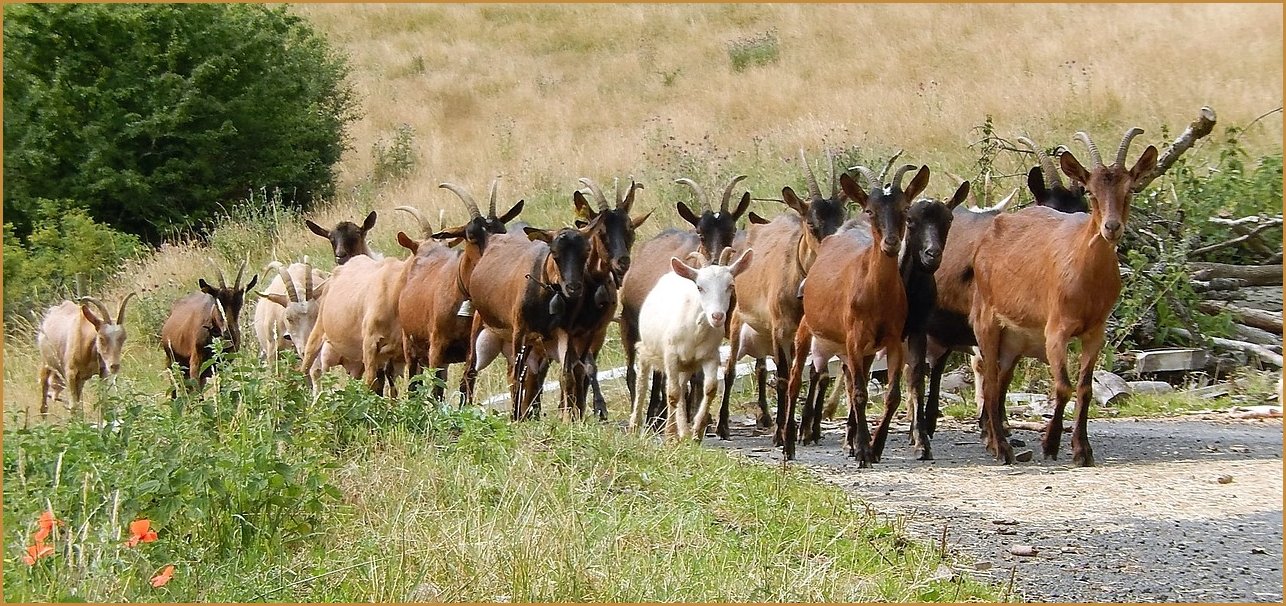
Romania, currently ranked3rd in the EU in terms of goat numbers, has a great need for winter milk. The current production is based on summer production (May-October), so a lot of milk has to be imported from October-April. Currently, there are about 2 million goats in Romania, but with a relatively low average production of 1.5 kg per day over 200 days. In June 2025, Agriprogress is organizing a study tour to Romania. More information about this trip can be found on the Agriprogress site
Post Craiova – The Perspective of a Dutch Entrepreneur in Romania.

Differences and similarities
During the many visits of clients and relations to our delivery centers in Craiova and Timisoara, a frequently asked question is: what are the differences between Dutch and Romanians? I am always somewhat reserved in statements on this subject. It is quite difficult not to generalize and oversimplify right away. As Queen Maxima once quite rightly remarked, “The Dutchman does not exist.” The same, of course, applies to THE Romanian. Nevertheless, it is useful to be aware of cultural and mentality differences based on the idea that if you understand each other better you can also communicate better with each other. First of all, there are large regional differences within Romania. It is easier to make statements about an individual than about supposed common traits of all individuals in a country. Describing a “typical” Dutchman becomes difficult if you have to compare a Frisian and a Limburger. If you were to drive diagonally through Romania you could cover more than 1,000 km. So those regional differences are also there in Romania. In particular, the difference between urban and rural is much more pronounced in Romania than in the Netherlands. Many Romanian cities are rapidly being modernized and are becoming more comparable to the Netherlands in terms of amenities. The countryside, on the other hand, seems to be aging more and more. Due to huge foreign investments, agriculture is becoming increasingly large-scale, but there is virtually no employment. The youth is leaving and there are no facilities at all. As a result, when you leave the city, you almost literally travel back in time. The rural Romanian actually lives on a different planet than the city dweller. Having lived permanently in Romania for 17 years myself and having experienced modernization myself, I can say that there are also significant cultural differences between the Dutch and Romanians. Romanians are passionate, humorous and communicative, a bit like southern Italians. As the only Eastern European country, Romania was occupied by the Romans some 2,000 years ago. The Roman legions mingled in the south of what is now Romania with the Dacians, the original inhabitants of the area. The result can still be heard in the language, which is the only one in the region with a Latin origin rather than a Slavic one. You can also see it reflected in very close family relationships. These Southern European characteristics are combined with the more Eastern European reserved and “butter to the fish” attitude. Trust among citizens and between citizens and the government is much lower than in the Netherlands. Even after the allowance affair and gas extraction in Groningen. In business relationships, there is more hierarchy than in the Netherlands. The most important development in my opinion is the increasingly disappearing mentality differences between highly educated young adults in the Netherlands and Romania. At NetRom, we invest a lot of time to make these differences even smaller, or to take advantage of them.
Using training on hard and soft skills and a 360-degree application that details the work history of teams and employees, we can carefully match the knowledge and experience of software developers with client demand. In addition, we increase employees’ vertical knowledge – or sector knowledge – by working with the same clients in the same teams for extended periods of time. Employees thus learn to understand the end goal and to rely on their own knowledge and skills. Then, for example, giving dissent becomes a lot more comfortable for Romanian colleagues. This approach leads to qualitatively better cooperation and makes cultural differences more workable. The results are clearly visible in the way our software engineers work together with our client’s employees in so-called ‘blended’ teams. The passion and enthusiasm with which these teams jointly and harmoniously build the most innovative applications is often truly extraordinary. Nationality, gender, age and location play no role, craftsmanship and expertise all the more. I have mentioned it many times in this place. Most first-time visitors to our sites in Romania are totally surprised at what they find. Through these visits and the Post Craiova blogs, I hope to continue to do my part to contribute to more and better understanding both ways.
Cultural news
Dacia- Empire of gold and silver
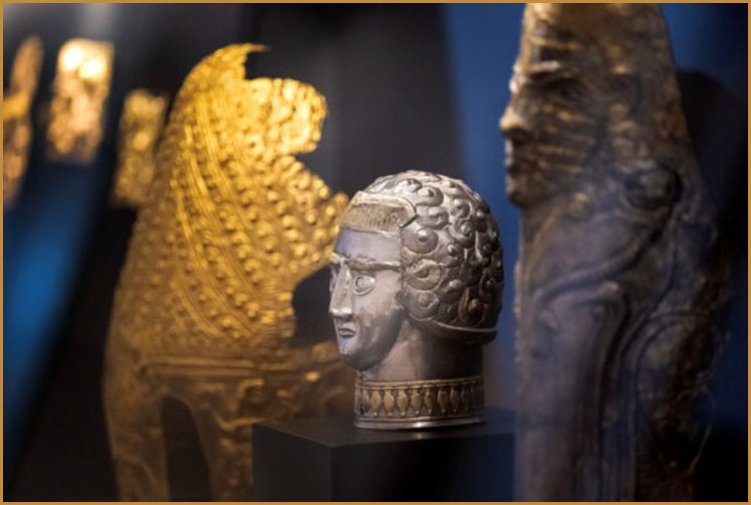 Until January 26, 2025, the Drents Museum will host the major archaeology exhibition Dacia – Rich in Gold and Silver.
Until January 26, 2025, the Drents Museum will host the major archaeology exhibition Dacia – Rich in Gold and Silver.
More than fifty gold and silver treasures from Romania from the 20th century BC to the 3rd century AD will then be on display in Assen.
Most of it predates the Roman conquest (106 AD). Dacia tells the story of the Dacians, one of the “forgotten peoples” of world history.
In the 2nd century BC, the Dacians inhabited much of Dacia, today’s Romania.
The unique geographical location – between the Eurasian steppe to the east, the Mediterranean world to the south and Central Europe to the west – makes the area a crossroads of cultures.
Greeks, Celts, Thracians, Scythians and Persians all had their influence on the Dacians, and elements of these different cultures can therefore be found in the objects. The Romans also took great interest in Dacia. They devoted two battles to it before finally conquering the struggling nation in 106 A.D. In Dacia – Empire of Gold and Silver , the museum focuses on the period before this conquest. At the center are the identity of the Dacians and the impressive gold and silver treasures.
More information and opening hours can be found on the Drents Museum website .
Disclaimer

The newsletter of the Dutch Romanian Network is compiled with great care. The Dutch Romanian Network cannot accept any liability for a possible inaccuracy and/or incompleteness of the information provided herein, nor can any rights be derived from the content of the newsletter. The articles do not necessarily reflect the opinion of the board.
